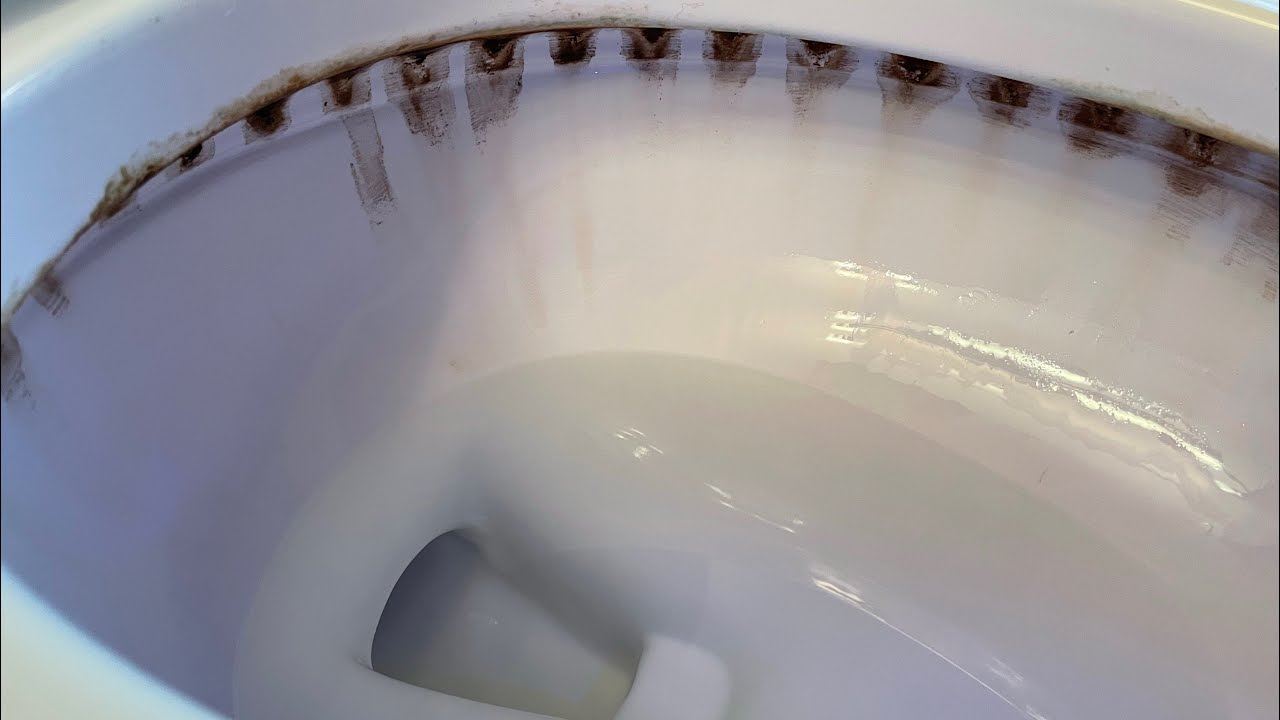
Limestone build-up, also known as limescale, is a common problem in homes with hard water. It forms when minerals like calcium and magnesium in water crystallize and stick to surfaces, such as faucets, showerheads, pipes, and appliances. While it’s frustrating, understanding why it happens and how to prevent it can help you keep your home clean and your appliances running efficiently.
Why Limestone Build-Up Keeps Coming Back
- Hard Water Content:
- Hard water contains high levels of calcium and magnesium. When heated or left to evaporate, these minerals crystallize and form limestone deposits.
- Frequent Water Use:
- Areas with constant water exposure, like showers, sinks, and kettles, are prone to repeated limescale formation.
- Neglecting Maintenance:
- Without regular cleaning, limestone build-up layers on top of itself, becoming harder to remove over time.
- High Water Temperature:
- Heating hard water accelerates mineral crystallization, leading to faster limescale accumulation in kettles, water heaters, and pipes.
How to STOP Limestone Build-Up
1. Regular Cleaning with Natural Remedies
- White Vinegar and Lemon Juice:
- These acidic substances dissolve limescale effectively.
- How to Use:
- Soak affected areas in a 1:1 mixture of vinegar and water or rub lemon juice directly onto surfaces.
- Let it sit for 15–30 minutes, then scrub and rinse.
- Baking Soda Paste:
- For tougher build-up, mix baking soda with water to form a paste and scrub the surface.
2. Use a Water Softener
- Install a water softener system to remove calcium and magnesium ions from your water supply, reducing limescale formation.
- Types:
- Salt-based water softeners for whole-house solutions.
- Magnetic or electronic descalers for a simpler installation.
3. Install a Filter
- Use a faucet filter or an in-line water filter for appliances to reduce mineral content in the water before it reaches your taps or machines.
4. Keep Appliances Clean
- Regularly descale kettles, coffee makers, and dishwashers.
- Descaling Solution:
- Add vinegar or a commercial descaler to the appliance, run it through a cycle, and rinse thoroughly.
- Descaling Solution:
5. Wipe Surfaces Dry
- After using water in areas prone to limescale, wipe the surfaces dry to prevent minerals from settling and crystallizing.
6. Lower Water Heater Temperature
- Reducing the temperature of your water heater minimizes the speed at which minerals crystallize.
7. Use Anti-Limescale Products
- Apply anti-limescale sprays or treatments specifically designed to coat surfaces and repel limestone build-up.
Preventive Maintenance Plan
- Clean taps, faucets, and showerheads weekly with vinegar.
- Descale appliances monthly to keep them running efficiently.
- Use filtered or softened water for daily tasks like cooking or brewing coffee.
- Schedule regular checks on your plumbing and water systems to address limescale build-up before it becomes severe.
The Benefits of Stopping Limestone Build-Up
- Prolongs Appliance Lifespan: Keeps your kettle, washing machine, and dishwasher in good working condition.
- Improves Efficiency: Prevents clogs and maintains water flow in pipes and appliances.
- Saves Money: Reduces the need for expensive repairs or replacements caused by limescale damage.
- Enhances Appearance: Keeps your fixtures shiny and free of unsightly residue.
By following these simple steps and using the right tools, you can stop limestone build-up in its tracks and enjoy a cleaner, more efficient home! 🚿✨
